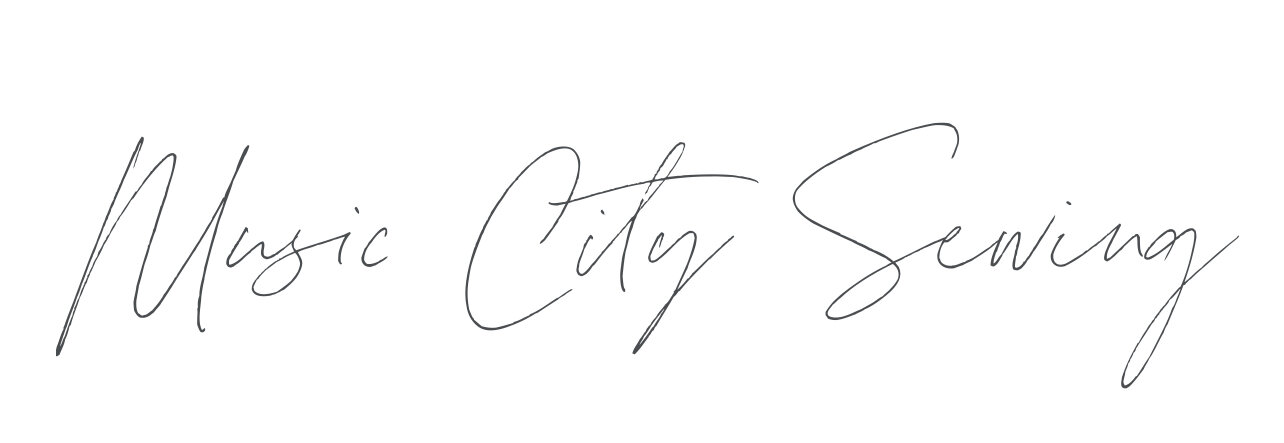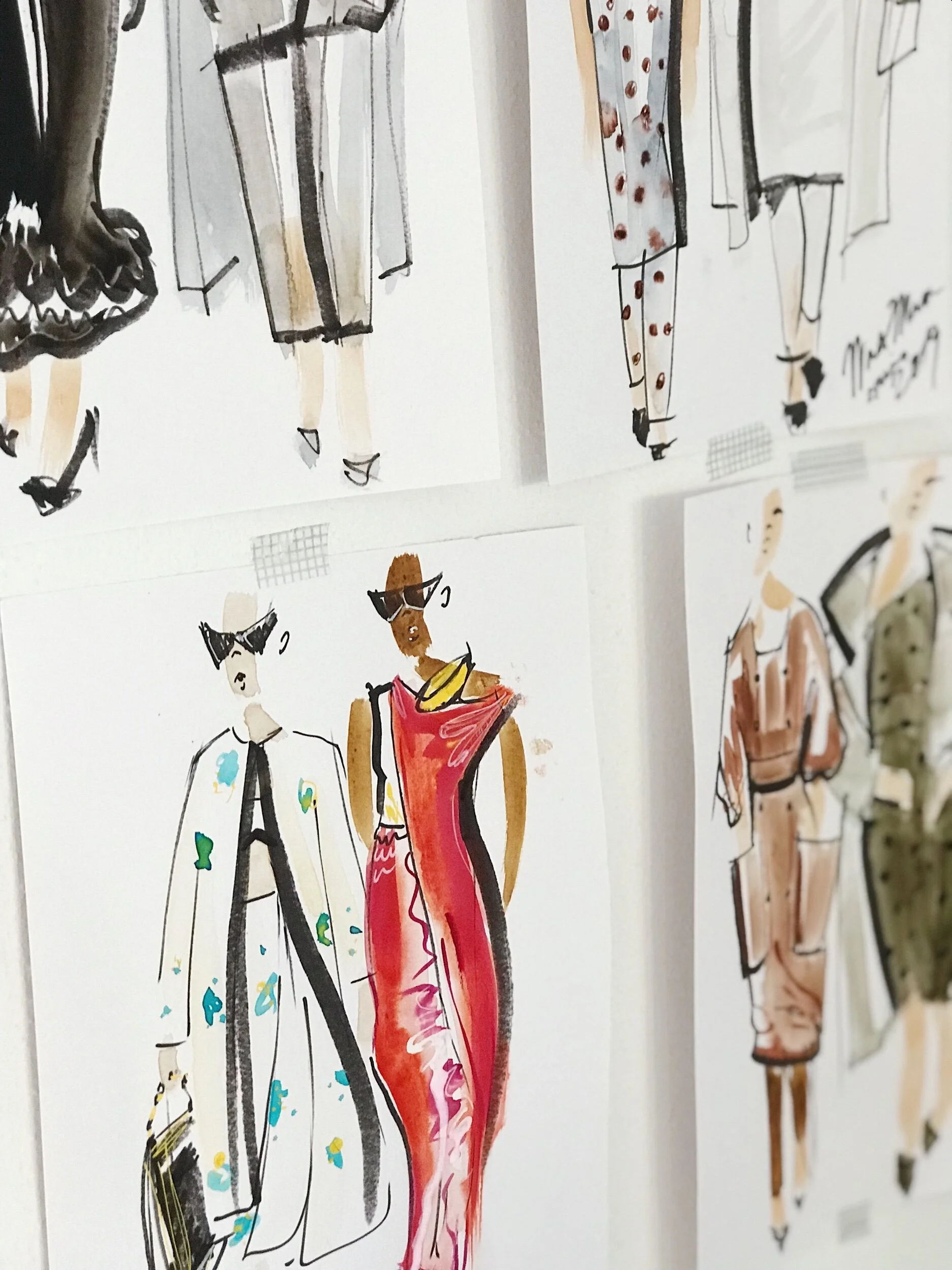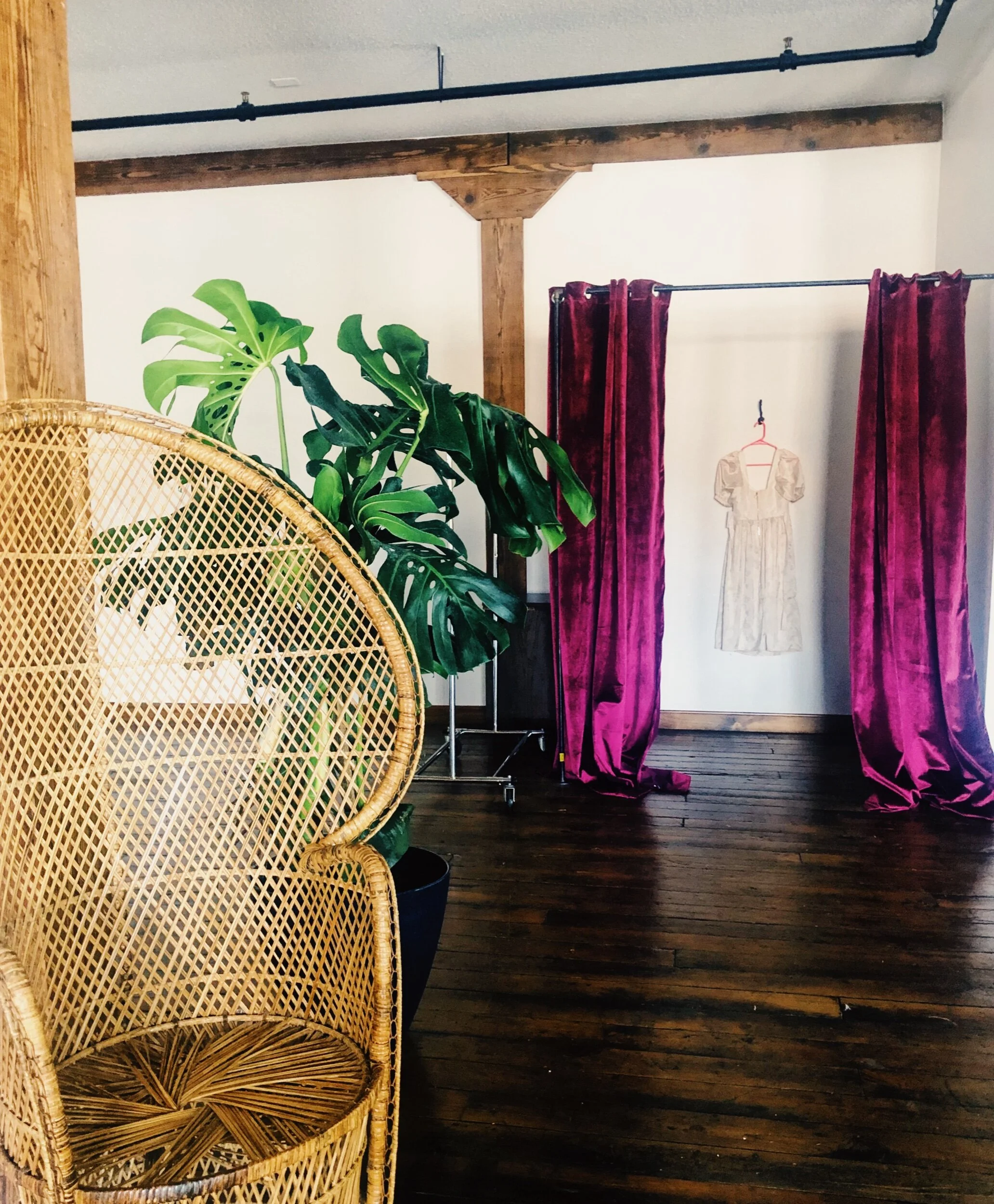My exact guide for having a clothing design made
So you've got a sketch, but what comes next? I totally get it - if you’re new to small batch manufacturing, the learning curve is a bit… murky.
If you don’t have a pattern, a tech pack, fabric samples, a sew-by sample, or an organized supply chain, you’re not ready to launch a clothing line just yet. But by the time you finish reading this, you will be!
I get these calls all the time, and in order to get you where you want to go quicker, I want to walk you through the exact steps to take if you're an aspiring designer.
Ideate the specifics
Unfortunately for the artists behind them, sketches don't mean much in the world of fashion if they don't communicate the details. Pattern makers go off of the tiny discrepancies... the fullness of a skirt, the distance between the buttons, the boxy shape of a hoodie sleeve... these little specifics in your drawing tell your pattern maker everything she needs to know about how to draft for the design you want.
Your very first step after drawing a croqui sketch is to list out the details that might not have been captured well enough in your drawing. Phrases like A-line, and off-the shoulder by 6" are far more widely understood than vague terms like 'loose and flowy'.
Describe exactly what you want here - remember, YOU are the designer, not your pattern maker. Leaving these decisions up to them is basically saying that you'd like for them to design something based on your stick figure drawing, but you'd like the credit. That won't go over well with them... ha. Your pattern maker won't be able to draft the correct armhole slope, or neckline, or seamlines if you don't specify exactly where you want every seam to hit on the body.
Without specifics, you’ll be leaving your design up to someone else’s interpretation, and should you not over-communicate every minute detail, you’ll most likely end up with another invoice each time you request a change.
Start collecting fabric swatches
Similarly, they won't know what you want if you don't know what kind of fabrics you plan to use. A pattern for a dress made of organza will look wildly different than one made of spandex - so have these concious design choices locked down before you call your pattern maker. Otherwise, you’ll be paying for the same service twice when you need the pattern re-drafted when the fabric changes.
Whether you know what material you'd like to use or not, order a box of swatches in varying weights and colors so you can play with it in person. I always love this part because it starts to feel real and my drawings begin leaping off the page as I imagine them in the fabric! Your pattern maker will have insights into which fabric you chose, and what its tendencies will be as it drapes around the body.
By doing this, you'll leave no questions unanswered, meaning, your project won't end up at the bottom of the stack. There's no faster way to the bottom of the project pile than not knowing what you want, so be ultra-specific!
Get the design patterned
Armed with every detail you've given them, your pattern maker will draft a sample pattern. You'll get it tucked away neatly inside a manila envelope, with the specifics of what's inside, and how much yardage it'll require to create.
Have a fit garment made
You'll then take your pattern to a local small batch manufacturer or seamstress to meet over it. The entire point of making a test garment (or fit garment) is to crosscheck to see if the pattern is coming across how you want it to.
At this stage, it's not important to use the exact final fabric, as it it is to make a test garment using a cheap cotton. We do this because oftentimes, the first run at the pattern won't be perfect, and you won't want to have wasted perfectly good fabric, now would you? Your seamstress will make a sample using the pattern provided.
This is where it starts to get really fun because for the first time, you get to see your idea and how it translates on the body. Your fit model will need to come with you to the fitting (if it isn't you) to try on the sample. You'll then make notes, based on how she feels wearing it re: comfort, measurements, and opacity. If you want anything changed, you'll make notes so that those changes can be communicated back to the pattern.
Whether you call upon your seamstress who made the sample, or your original pattern maker, the next step will be to apply the changes from your notes about the sample back to your hard pattern. Another sample will be made (and another and another) until the sample is exactly how you want it. Once it's perfect, it's time to make a sample garment.
Make a sample
Your seamstress (or small batch clothing manufacturer) will then take the patterns with any necessary changes and cut out the fabric you've chosen in order to create your true sample. Your sample is going to be runway ready - this is a garment that will be finished the same way it would if you were to want to sell it in a store. With that being said, it can sometimes take several iterations here if you haven't locked down your fabric supply chain.
The moment you’re happy with your sample garment, you’re ready for production for that size. If you plan to offer the clothing item in various sizes, your route will veer off slightly to encompass pattern grading and having a tech pack made.
Now that you know exactly what you’ll need to turn your sketch into a clothing design… what’s holding you back?





